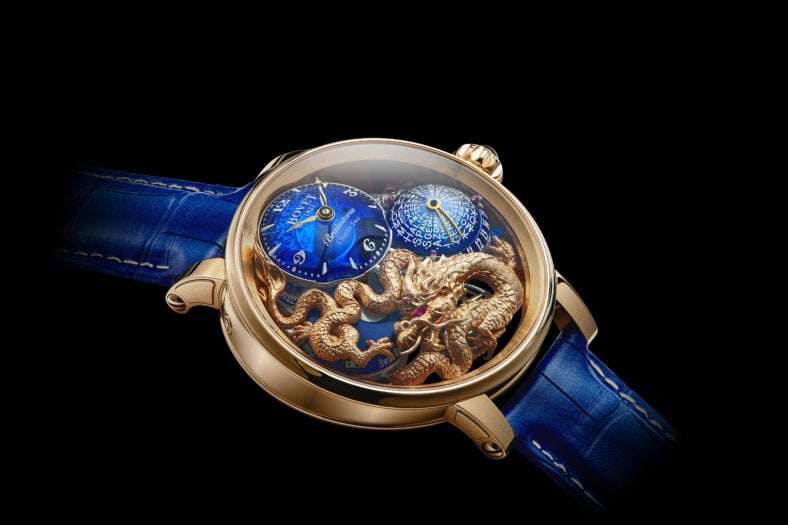
Bovet, the Swiss luxury watchmaker founded in 1822, is deservedly legendary amongst devotees of haute horlogerie—but you won’t find the words “Swiss Made” anywhere on its highly-coveted timepieces. One of the very last totally independent watchmakers in the world, it has the further distinction of making more than 95 percent of the components that go into its exquisite timepieces completely in-house, at its historic buildings (including a 14th-century castle) in Switzerland’s Jura mountains—a claim that not even Patek Philippe can make these days.
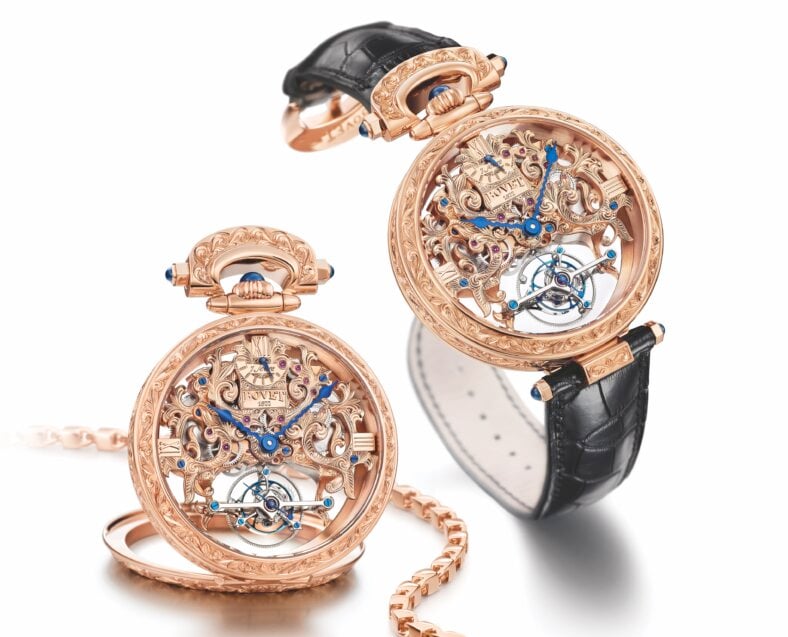
And while “Swiss Made is no doubt a very important standard and its purpose is to reassure people that the watches they are buying are fabricated in Switzerland,” the brand notes, “from the House of Bovet’s standpoint, it doesn’t really go far enough.” Going above and beyond has always been key to the brand’s ethos. “You see, the ‘Swiss Made’ standard is far too low for Bovet,” they declare.
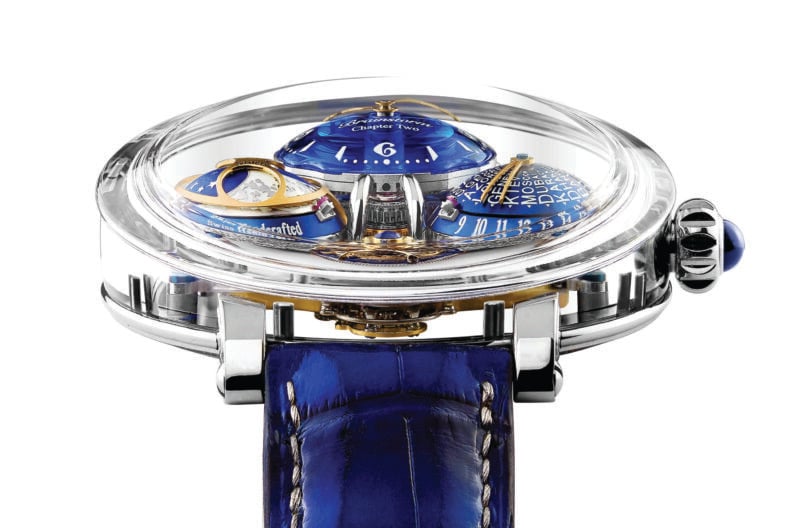
According to Swiss law, as long as just 60 percent of a watch’s manufacturing costs are generated in Switzerland and it is assembled there, it can be labeled “Swiss Made”—never mind that the other 40 percent of your “Swiss luxury” watch comes from Asia. Even the assembly—or in many cases, assembly line—can just be “overseen” by a Swiss watchmaker. “Outsourcing to Asia has long helped brands to maintain their profit margins,” as Oliver Müller, founder and managing director of Geneva-based LuxeConsult, told the New York Times.
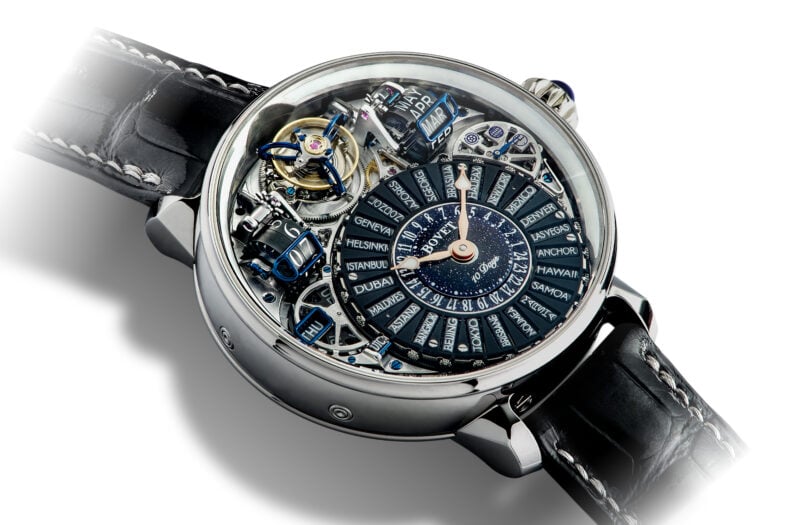
Bovet, which recently celebrated its 200th anniversary and whose timepieces range in price from about $30,000 to more than $1 million for bespoke high complications, has an owner, Pascal Raffy, with a more far-reaching and ambitious vision than that. Hence the words “Swiss Handcrafted” are uniquely found on the dials of their watches. Bovet might have disappeared at one point, save for Raffy. A longtime watch collector and owner of a number of vintage Bovet timepieces, the dapper French / Lebanese entrepreneur was looking for his next venture in 2001 when the opportunity to acquire the brand presented itself.
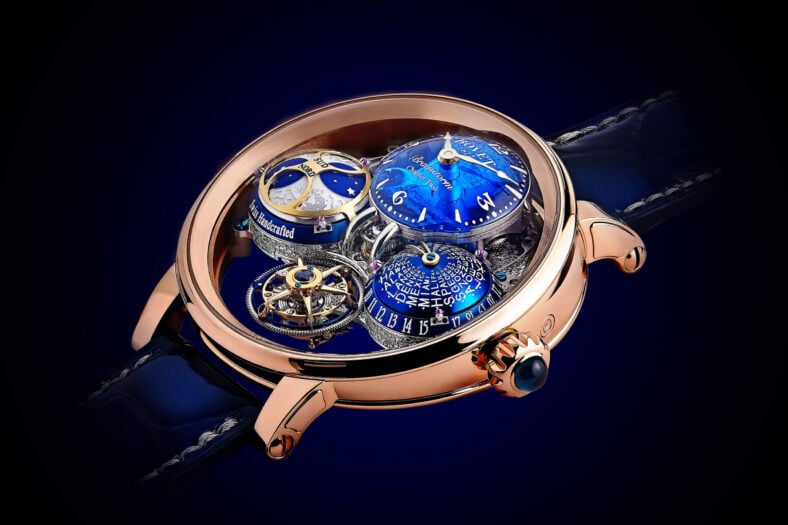
Raffy set out to restore Bovet to its rightful position amongst storied Swiss watchmakers, and, in 2006, he purchased a historic tourbillon and stamping manufacture in Tramelan, “intent on bringing as many parts of the production process as possible”—including tool-making and stamping, hand finishing, dial production, and hand-engraving—“under one roof.”
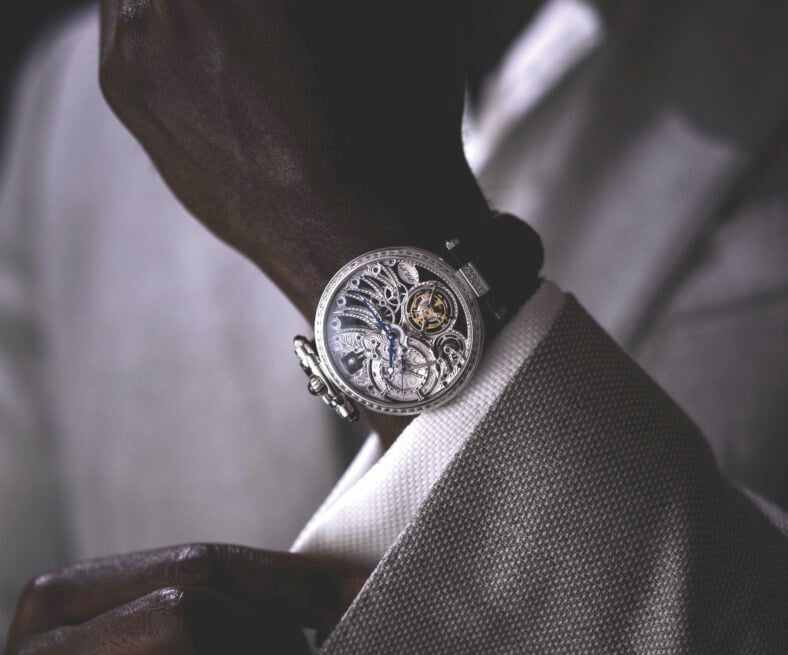
Make impeccably designed and crafted timepieces entirely by hand in Switzerland, he reasoned, and enthusiasts and profits will follow; quality over quantity taken to a near-obsessive degree of exactly the sort designed to appeal to watch collectors. In 2006, Raffy also purchased Château de Môtiers, a castle built in the early 14th century which had been the home of the Bovet family from 1835-1957, and renovated it to House of Bovet’s new headquarters and his private residence when in Switzerland, creating another significant link to the brand’s rich history.
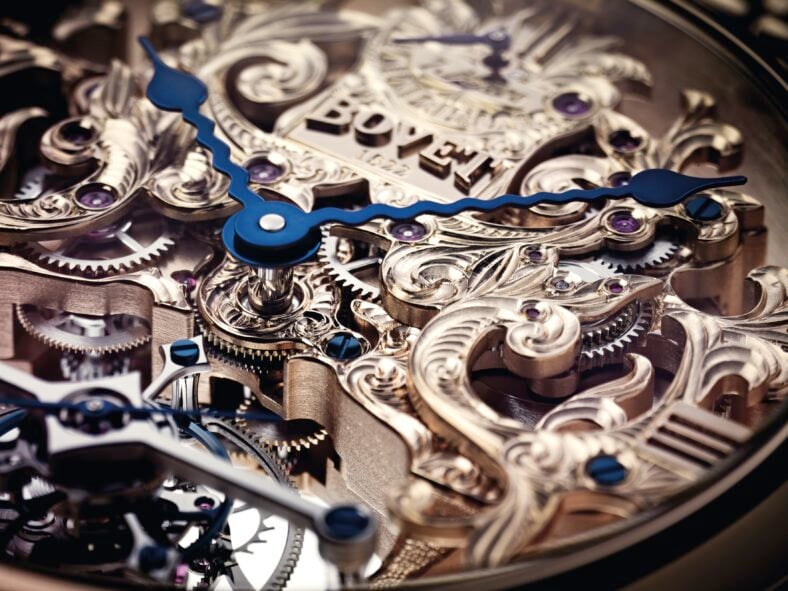
“Back in 1822, the Bovet brothers had a dream, to forge a watchmaking house that would service the world’s preeminent collectors,” Raffy notes in a book about the house published last year. “They focused on beautiful timepieces, incredibly decorated, finished, and presented, as well as unfailingly precise. As a result of this commitment to the highest possible quality and the will to succeed, Bovet spread from Fleurier, Switzerland to the four comers of the world.” And now it has reconquered the watchmaking world, boasting devoted collectors found across the globe and an increase in commissions for bespoke creations with prices approaching seven figures.
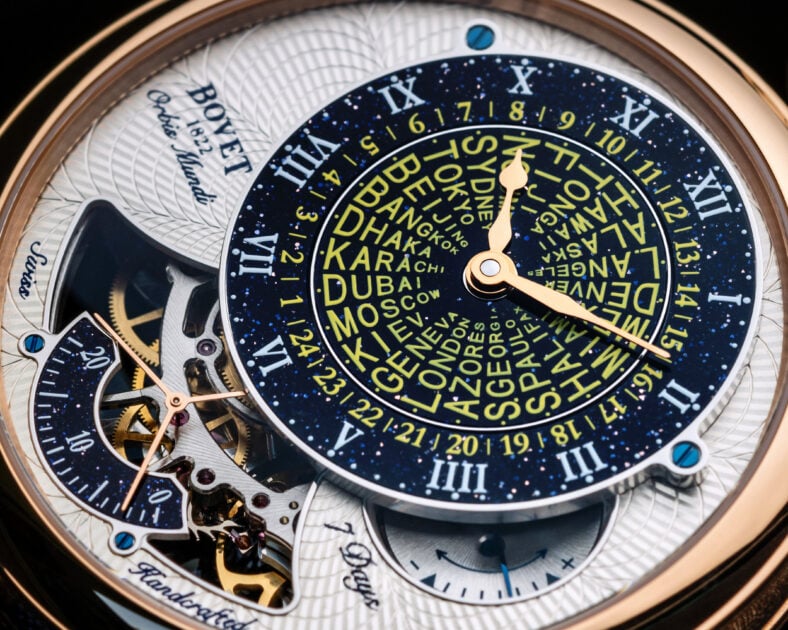
“As a collector myself, I am committed to making collectors’ dreams come true,” Raffy declares in the book. “We strive every day to be worthy of the Bovet legacy, and we focus unceasingly on merging the traditional and the modern in a way that is purely and unmistakably Bovet. We aim to push high watchmaking forward with different ways of doing things, never-before-seen combinations of complications, cutting-edge materials, and groundbreaking designs.”
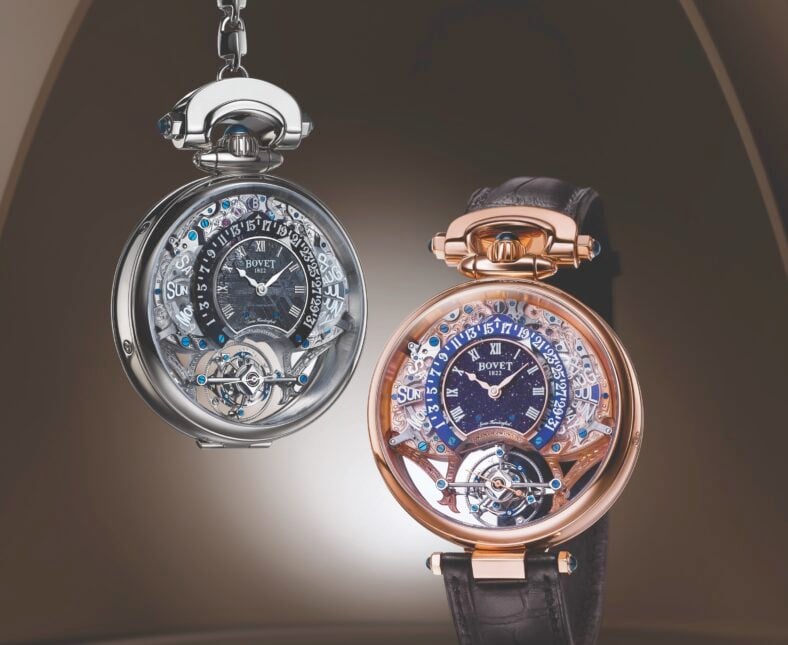
And those methods, never easy and certainly extremely expensive, have paid off. Since establishing its manufacture, Bovet has received more than 60 awards from all over the world, notably the Aguille d’Or and the Mechanical Exception awards—most recently for the incredible $700,000-plus Recital 28 Prowess 1 tourbillon—at the Grand Prix of Horology of Geneva, the industry’s foremost honors. Owners of Bovet’s masterpieces now reportedly include Mark Zuckerberg, Lewis Hamilton, Jeremy Renner and world No. 5-ranked tennis star Daniil Medvedev, among others.
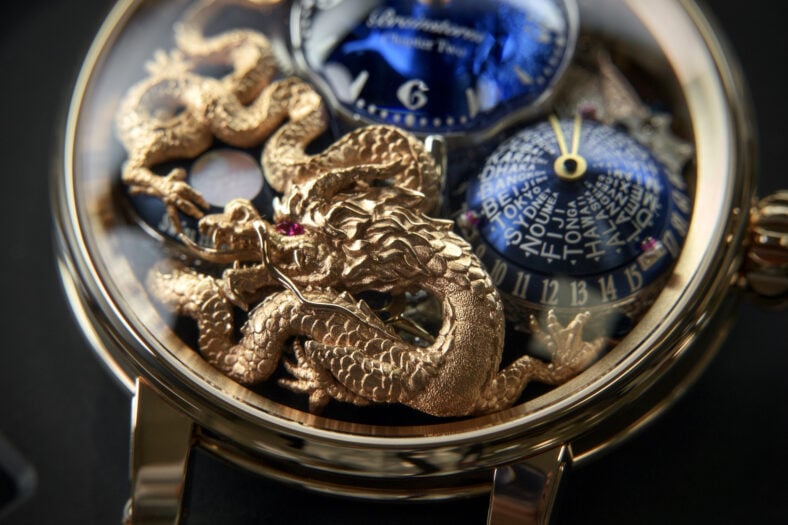
Along the way, Bovet has also forged an important partnership with Pininfarina, the legendary Italian coachbuilder responsible for designing some of the most iconic Ferraris (among other vehicles) ever made, which recently started building its own hypercars. During an initial meeting with Raffy in 2010, Paolo Pininfarina recognized a kindred spirit with shared values, and the decision was made almost immediately to work together to magnify the legendary past of each House while proposing a shared vision of the future.
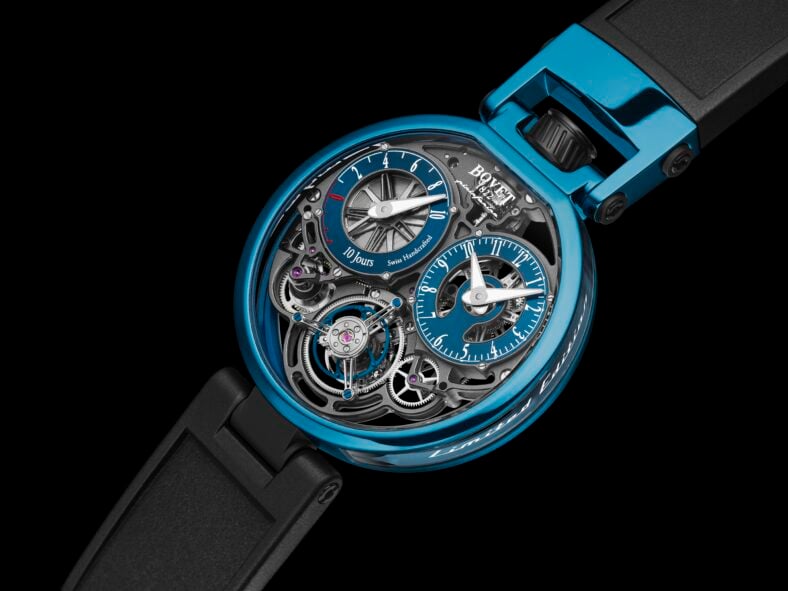
In contrast to the notion of a private label, the concept was based from the very start on an active and equal partnership, marrying the specific strengths of the designer and watchmaker, while taking into account the constraints of their respective activities. This was the only way to achieve a perfect symbiosis of technical virtuosity, performance and beauty without compromise, and the partnership continued this way until today.
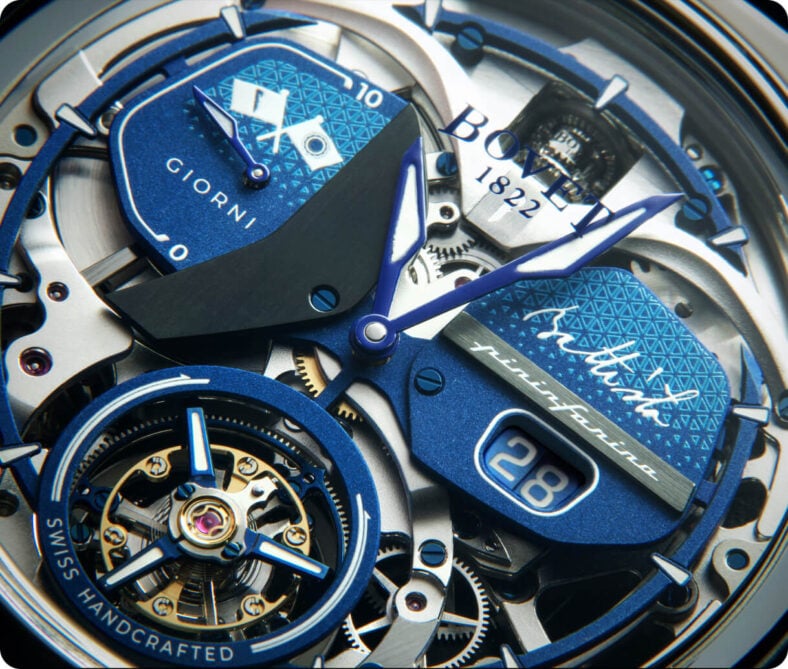
Throughout this 15-year history, Bovet and Pininfarina have debuted a number of timepieces, all cutting edge, infused with the spirit of Pininfarina design and underpin the foundation of BOVET heritage and tradition. Timepieces realized include the Ottanta, Ottantadue, Ottantatre, Ottantasei, Cambiano, Cambiano Cambiano, Sergio, Novanta, Battista Tourbillon, and Aperto 1.
The fine timepiece proprietor also recently collaborated with Rolls-Royce when an enthusiast of both brands commissioned a bespoke open-topped “Boat Tail” Rolls, complete with two custom Bovet timepieces to go with it, reportedly at a total cost of around $28 million—making it one of the most expensive cars in the world. Clearly, where Bovet is concerned, the sky has no limits.















